Curriculum Blog
It’s that time of the year ! Using Christmas media with LGfL content 2018
It’s that time of the year when like or not we are all exposed to Christmas media campaigns, be it advertising for a toy, a movie or supermarket. Over the past months you would have been exposed to a deluge of media campaigns, but the one advert which continues to stick in my mind is one that hasn’t been on TV, a billboard, or on a bus but has instead been banned, it’s this year’s Iceland advert. So, how can an advert for a supermarket be linked to LGfL curriculum content? Read on:
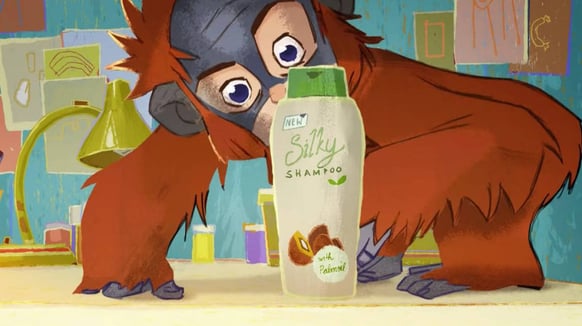
The advert, which highlights the impact of palm oil on rainforests and the affect it has on orang-utans, was banned but has gone viral. The advert, which was released on social media 2 weeks ago, now has had five million views on Iceland's YouTube channel, 16 million views on its Facebook page and more than 92,000 retweets from its Twitter handle and has inspired many people to learn more about the anti-palm oil movement.
Lee Parkinson(@ICT_MrP ) in his keynote speech at our LGfL conference 2018, shared how powerful it was to explore the idea of using media to foster engagement and create and inspire students to start campaigning and how it can be used to increase the scale of aspiration, audience and outcomes for all learners.
In the edited clip of his keynote above, (watch here for the full-length video) Mr P speaks of the 3 key points to encourage writing
- Use an exciting stimulus
- Don’t leave writing useless on a page
- Let them write for the world
Mr P also mentions Ron Berger’s Hierarchy of Audience, the idea that introducing an authentic audience changes the perception of the work for the student and this affects the amount of effort they put into the final outcome.
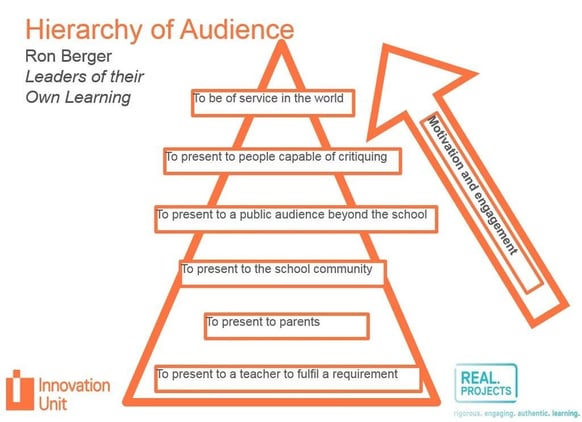
LGfL have a range of resources to support you in creating digital content as well giving you the tools to share your students work with the world!
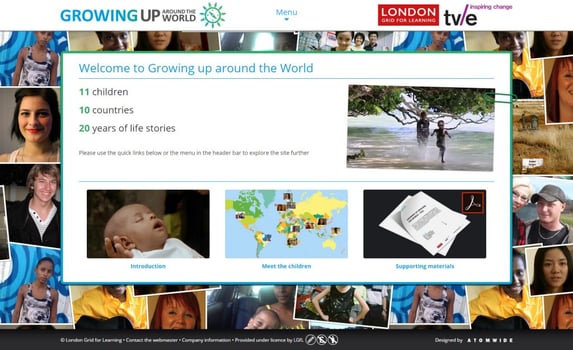
Growing up around the world aims to help children in the UK understand the realities of childhood in the different contexts and follows the lives of 11 children in 10 different countries for more than 20 years in the wake of the Rio Earth Summit. The films in this resource provide a unique insight into growing up around the world; the challenges, hopes and dreams of these children. They also show how the world around them has changed and the impact that this has had, it also has a fantastic page which offers tips on how children can take action and some suggestions to get children started, here are just a few examples:
- Write a blog
- Organise an event
- Write to decision makers and influential people
- Organise a debate – invite people (parents, community, etc.) to be an audience. Choose an issue you are passionate about and research it. Prepare arguments for and against. Keep in mind that the issue you are debating could be controversial or personal for some people so be sensitive to other people's opinions and feelings.
- Make a film
- Design posters
- Make a calendar – highlighting issues each month raises awareness and you could also sell your calendar to raise funds
- Hand out leaflets
- Make a comic book
- Create a magazine or newspaper on the issue
Why not start by resourcing Palm oil by using this website created by Iceland here, using the powerful resource j2e5 you can share a j2e5 file with the Iceland site already embedded, so that children access the key facts and then re-write them and use the j2e inbuilt safe search feature to find images to show/share the facts.
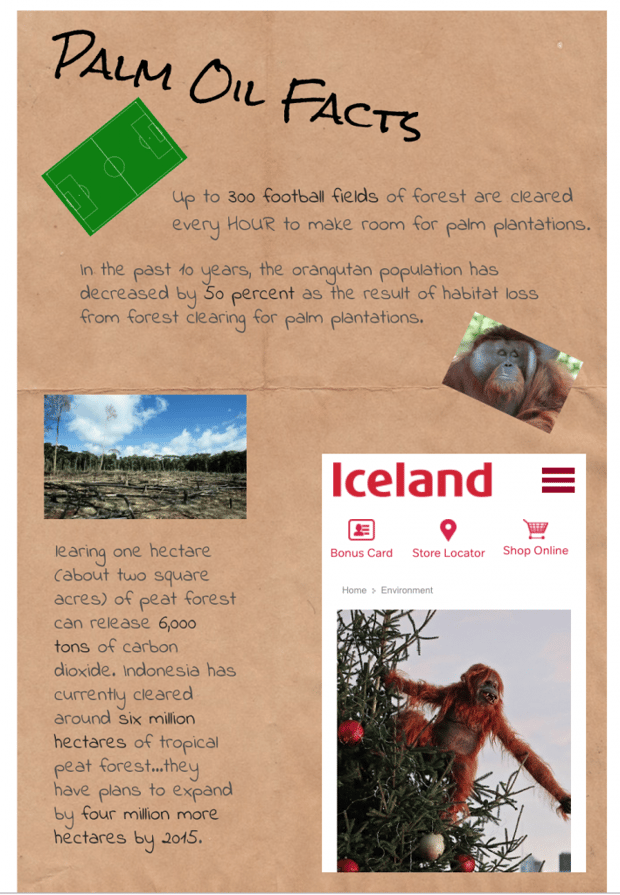
From researching and showcasing their knowledge, your students could use Busy Things which has a simple but powerful range of publishing templates within Busy Publisher to make their own newspapers headlines or leaflets to hand out to raise awareness of the topic.

Also within Busy Publisher why not get your students to use the postcard template, you could get your students to design, make and send postcards to local shops which might stock palm oil telling them all about the dangers of palm oil within the environment.
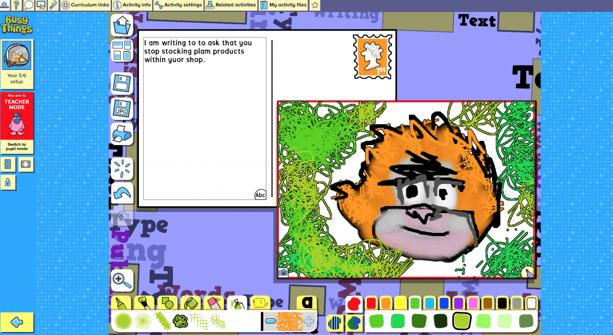
Your students could also make posters, with either j2e5 or jit5 paint, with the latest updates within jit5 you can create amazing posters with text and textures all within the paint app.

You can also get your students to create their own animations using the jit5 animate app, using their own drawing or using clipart from safe search, remember you use the microphone to add audio to your animations, and now with the option of being able to export the file as a gif it is easier than ever to share the animations.

You could also use the jit5 tools to make your own comic-book using the mix app, or to how about making a "no palm-oil cook book" highlighting how you can use countless other ingredients instead of Palm-oil within cooking.
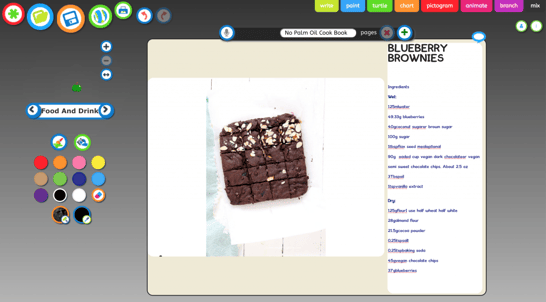
Once you created all of your work within j2e Toolsuite your students can publish their work using j2webby, within this platform you can view & manage the blog site including previewing, publishing, and approving posts and comments. It's best to start using the j2e software tools first and wait until children have saved several pieces of work. They can then choose the piece of work they consider their best to blog to the school blog site. All work within j2e Toolsuite can be posted with a simple click of a button to j2webby, with this simple click your students can have the whole world as an audience!
If you want more support with Blogging and understanding how it can improve writing, we have Blog Central explaining the techniques of blogging and the rationale behind blogging for literacy, again it talks about the audience being key, for a quick introduction here is David Mitchell, the founder of Quadblogging, explaining the importance of blogging and the impact it can have on literacy in schools (the video mentions levels but you can see the idea of the improvements it gives)
Why not video your students campaigning, you can store and share the videos safely within Video Central HD, because VCHD automatically generates HTML code, you can embed the video into your schools website and share your campaign within your school community.
Writing for a purpose provides the students with an audience and therefore a REAL purpose to write. Knowing their work would be shared outside of a book or class, that their work will be read and seen by different people adds a real incentive to create a high standard of work, so go start your campaign it doesn’t have to be about palm oil but it's a great one to start, perhaps it be about Christmas food waste? Or plastic use, just ask your children how they want to change the world!
I couldn’t end this blog post without mentioning at least one other of the 'other' Christmas adverts, did you know that researchers have already said that there will be a record number of pianos and musical instruments being bought this year (I I wonder why?) why not share with you students the Gigajam resource when they get back in the new year? Within this resource students can learn to play keyboard, guitar, bass or drums with award winning video play along tracks and automated feedback.

Are you using Christmas media with LGfL content in your school to inspire your students? If so let us know by posting them on LGfL’s twitter or Facebook
